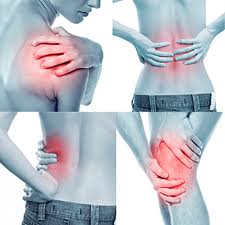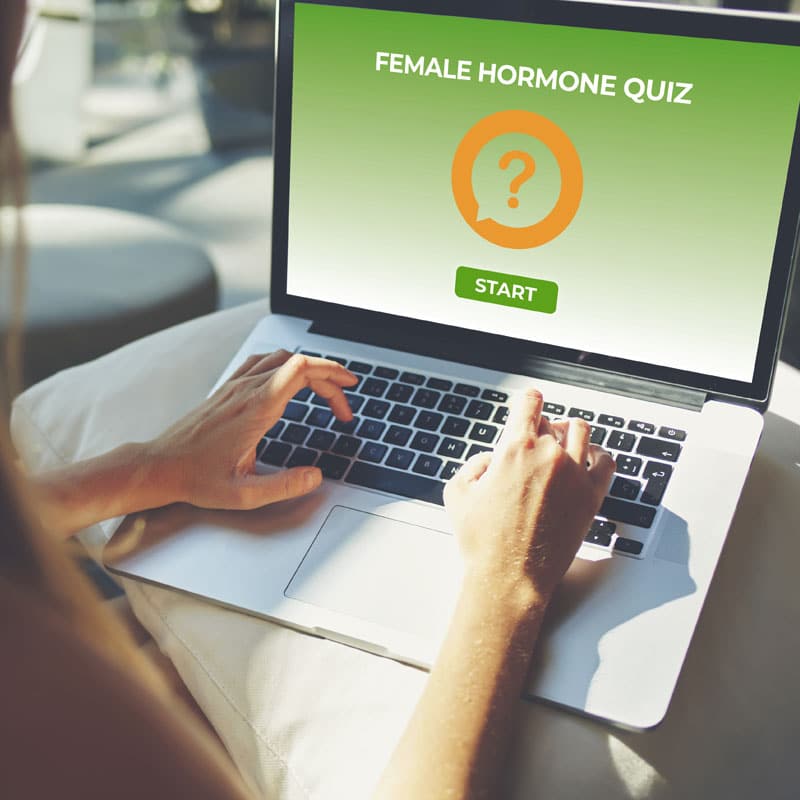index
Sciatic nerve pain is a type of back pain that causes sharp, shooting pain to radiate from the lower back through the buttocks, down the legs, and into the foot. It is common and affects approximately 40 percent of American adults at some point in their lives.

Symptoms of Sciatica
The primary complaints with sciatic are sciatic nerve pain and how to relieve sciatic nerve pain. However, there are other symptoms associated with sciatica, including:
- Constant dull ache in the lower back
- Difficulty moving or lifting the feet or legs
- Lower back pain that comes and goes
- Pain extending down the leg into the feet
- Tingling in the feet
- Upper thigh numbness
- Weakness in the leg and foot

Causes of Sciatic Nerve Pain
Sciatica occurs when the sciatic nerve becomes pinched or compressed. There are causes of sciatic pain, including:
- Bone Spurs—Bone spurs on the vertebrae are often caused by osteoarthritis and can place pressure on the sciatic nerve root, causing pain.
- Degenerative Disc Disease—Degenerative disc disease occurs when the discs wear down. As the discs thin, the sciatic nerve root can become pinched. Fluid from the degenerated disc can leak and irritate the sciatic nerve.
- Herniated Discs—The discs between the vertebrae can herniate (bulge) and compress the sciatic nerve roots.
- Piriformis Syndrome—The piriformis muscle runs from the sacrum to the hip joint and is located directly under the sciatic nerve. If this muscle tightens, it can compress the sciatic nerve.
- Spinal Stenosis—Spinal stenosis occurs when the spine narrows due to aging or arthritis, compressing the sciatic nerve and causing pain.
- Spondylolisthesis—If one of your vertebrae in the lower back slips forward, it can press on the sciatic nerve and cause sciatica.
- Vertebral Fracture—If one of your vertebrae fractures, it can compress the sciatic nerve, causing sciatic pain.
The telltale sign of sciatica is radiating pain that begins in the lower back and radiates down the legs. A straight leg test can help determine if an irritated or compressed sciatic nerve or another low back condition causes your back pain.

How to Relieve Sciatic Nerve Pain Naturally?
Luckily, there are numerous natural ways to deal with sciatic pain. Most cases can be relieved with lifestyle modifications and natural remedies. Let’s look at the top natural ways to relieve sciatica and begin enjoying life once again.
1. Acupuncture
Acupuncture involves inserting thin needles into specific acupoints in the body to release endorphins and other natural painkillers. It helps reduce inflammation and improve the flow of oxygenated blood throughout the body, which delivers essential nutrients to compressed nerves to promote health.
2. Chiropractic Care
Chiropractic care is an excellent solution for sciatica sufferers. This hands-on treatment works to align the spine, reduce pressure, and restore the structural integrity of your spine. Spinal manipulations during chiropractic treatment help decompress the sciatic nerve and relieve sciatica pain.
3. Devil’s Claw
Devil’s claw is a plant found in the desert region of southern Africa. This herb provides anti-inflammatory and analgesic properties to help relieve your leg pain and lower back pain. It has been used for centuries to relieve rheumatic conditions affecting muscles, bones, tendons, ligaments, nerves, and joints. You can take the supplement orally or apply it topically to relieve sciatica.
4. Hot and Cold Therapy
Heat and ice therapy can relieve sciatica pain and promote healing. Applying ice helps numb sore muscles while reducing inflammation. Applying heat increases blood flow and promotes healing. Alternating between heat and ice can help decrease the frequency of muscle spasms, reduce swelling, and relieve pain naturally. When applying heat or ice, limit each one to no longer than 15 to 30 minutes and protect delicate skin by covering the area in a thin towel before applying heat or ice.
5. Massage
If you are like most people, nothing feels better than a relaxing massage. Massage helps increase blood flow, soothe tense muscles, and relieve pain. Massaging the connective tissues and deep muscles can immediately provide pain relief for your sciatic nerve pain.
6. Movement
When you are experiencing sciatic pain, the last thing you want to do is exercise and move around; however, this is one of the most important things you can do to relieve your pain. The first day or two following a bout of sciatica, you may need to rest; however, after that, you need to move as laying in bed worsens your sciatica. When you get up and move around, blood flow increases, the perception of pain decreases, and you become more flexible and muscular.
7. Practice Good Posture
Practicing good posture is essential, especially when sitting. If you slouch or sit on your lower back, you can place pressure on your back and cause the sciatic nerve to become compressed. Sitting upright with your feet planted firmly on the floor can help reduce the risk of sciatica.

8. Yoga
Yoga is a form of exercise that combines gentle stretches with meditation and breathing exercises to promote relaxation and pain relief. When you first begin incorporating yoga into your daily life, you may experience soreness. One primary cause of this is the release of toxins. You can counteract this pain by drinking at least eight glasses of water daily.
Holistic Pain Relief
Sciatica typically disappears on its own quickly. Usually, it will resolve in a few weeks. Suppose your sciatic pain continues for over two weeks, or you experience significant numbness that interferes with your ability to walk or perform simple tasks. In that case, it is time to contact your doctor. The integrative health professionals at Rose Wellness specialize in chronic pain management. We help identify the root cause of your pain, prescribe sciatic remedies, and guide you in avoiding future sciatica bouts.






















